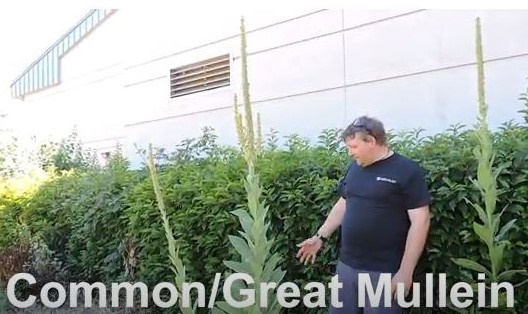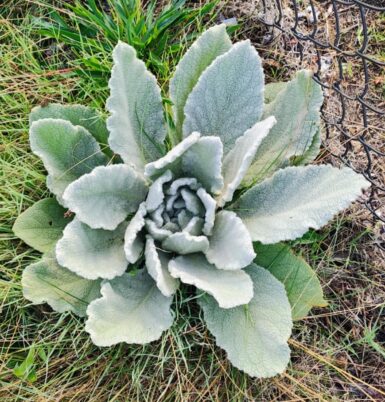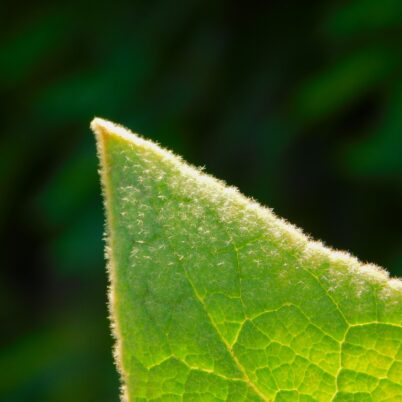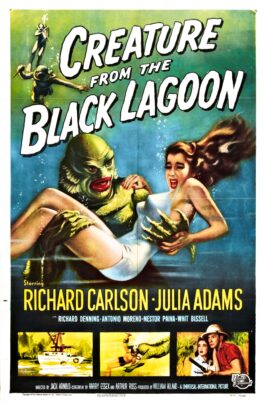Season of the Witch Candle: Mullein
lovedby Marcia Wilson
Green Tacoma Day

Green Tacoma Day 2024 came to Lakewood on October 12. For three hours volunteers plied a coordinated attack against invasive plants. The main offenders were blackberry; Scotch Broom; and a strange folk-herb and piscicide, Great Mullein.

The Great Mullein is interviewed here on a Plant Speed Date with Clover Park Technical College’s Dr. Faust. He stands behind Building 10 with specimens in mature stage called Witch Candles, Aaron’s Staff, or, among German-speakers, Königskerze, King’s Candle.
What’s in a name
Verbascum thaspus is the scientific name for the Great Mullein, a common plant throughout North America.
Verbascum = barbascum, meaning “bearded” because the plant feels furry. Thapsus is named after the Tunisian seaport where the it thrived and means, “a plant”; similar to how the town of Steilacoom was named from the blooms of its pink wildflowers.

Tough travels
Great Mullein is native to North Africa, Asia, and Europe. It thrives in stony soils, open wastes, and roadsides. In North America it ranges from “agricultural problem” to “noxious” and hosts plant diseases and crop-damaging insects. Humans, climate, and a few animals are their only controls. Basic tilling will kill plants, but the seeds can live in the soil for over 100 years.
Mullein it over
Mullein crossed the globe with human help. It is a popular herb for multiple medical conditions, used in fishing, and an integral part of the folk traditions of Spain, the United Kingdom, the Carpathian Mountains, and China.
The softness of the leaves is misleading. Its fuzz is a layer of tiny, hooked hairs which can cause the skin to redden if rubbed and ancient Romans used the plant to falsify an attractive blush on the cheeks.
Ice-leaf you
In the first year, mullein grows close to the ground. The leaves are large and soft and catch fine droplets of dew, which enhances a soft, silvery shimmering effect. This is why one of the 40+ names for this plant in English is Ice-Leaf. Uprooting is easy, but by the second year the same roots have sunk deep, stabilizing the heavy flower stalk.


Lots of name-calling
Mullein has over 40 names in English. Ironically, Mullein, the most-used one, is a French word, moelleux meaning “soft.” Some memorable names are:
- Cowboy or Lumberjack Toilet Paper: used for hemorrhoids-sufferers)
- Graveyard Dust: the smell of the dry leaf allegedly resembled the smell of the grave.
- Lungwort: because it was vaguely lung-shaped and according to the Doctrine of Signatures, was supposed to cure conditions of the lung.
- Hag’s, King’s,or Witch’s Candle: the spike of yellow flowers look like a giant candle.
- Shepherd’s Staff
- Aaron’s Staff or Rod
- Flannel or Velvet Plant
- Mary’s Blanket
- Hare’s Beard.
Thapsus—deadly carrot or just a fish killer?
Mullein’s relationship to the port of Thapsos is complicated. It may have been mixed up in with another plant that grew there, Thapsia, Deadly Carrot. Economically it was a valuable source of bright yellow to green dye, and also, Thapsians would have used the seeds to stun fish.

Science to science-fiction
Mullein seeds are one of the many sources of Rotenone in nature. This is a nonselective pesticide and piscicide, meaning it indiscriminately kills fish and insects. It became a household word in the 1930’s because firstly, modern technology broke through in isolating the toxin, and secondly, it was the plot device for CREATURE FROM THE BLACK LAGOON. Rotenone degrades fast in water and sunlight, which is why the humans had such a hard time using the rotenone to good effect in their attempts to fight the movie monster! Rotenone is used in protected areas when an invasive species of insect or fish has grown numerous enough to threaten the ecosystem.
From Sweet to Spooky
In the Language of Flowers, this common herb with lemon-sweet flowers means nice things: good-nature, and positivity. Monet loved it and kept mullein planted in his famous gardens. As Eloise Butler said, “I sometimes think, if I have any mission in this world, it is to teach the decorative value of common weeds. A weed is simply a plant out of place.”
Mullein once had a cultural place from October through November. Its stalks were a popular night-time illumination, particularly with the youth caught up in Halloween Hijinks. When they crowd too thickly, Witch-Candles are encouraged to burn.